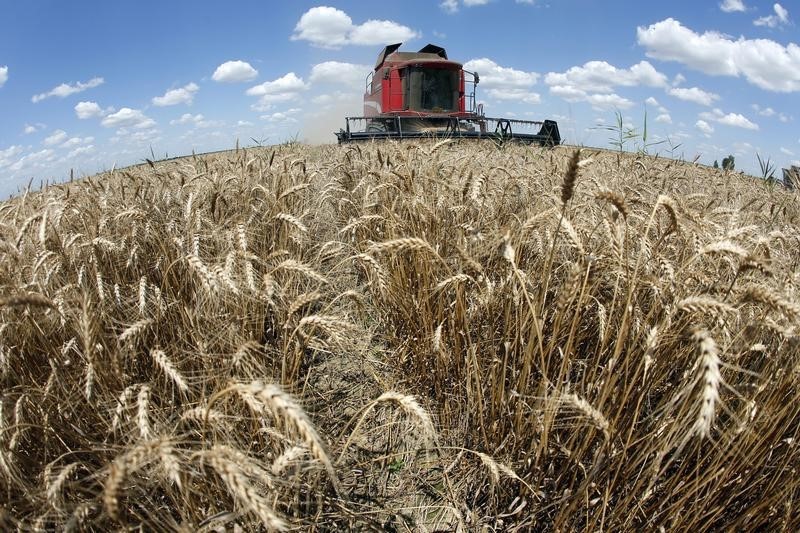By Colin Packham
SYDNEY, April 1 (Reuters) - Farmers in the east of Australia may be forced to sow wheat in dry land as much-needed rains are yet to arrive due to a lingering El Nino weather pattern, threatening output in one of the largest growing regions of the world's No.4 grain exporter.
Last month, east coast wheat production was expected to rebound in the 2016/17 season following two years of dry weather, with the impact of El Nino seen easing as the weather phenomenon fades towards June.
But the effects of El Nino, which brings dry conditions to many parts of the Pacific, are lasting longer than expected, leaving some farmers desperate for rain.
"The east coast cropping belt is pretty dry," said Dan Cooper, a wheat farmer in Caragabal, 400 kilometres (250 miles) west of Sydney.
"We are looking towards the sky and if it doesn't rain by the end of April, many farmers like myself will be very worried."
The unfavourable start to the 2016/17 season on the east coast may curb Australian wheat production that the government forecasts at 24.5 million tonnes. That could support benchmark global prices Wc1 for the grain that have plunged to five-year lows on worries about oversupply.
Hope for Australia's 2016/17 crop had been buoyed after heavy rains in January across the eastern states of New South Wales, Queensland and Victoria. But much of the region saw less than half the typical rainfall during March.
And unfavourable conditions are set to continue, with Australia's Bureau of Meteorology this week forecasting that a previously-anticipated break in the dry weather may now not arrive before May, leaving some farmers with the decision to 'dry sow' before the planting window closes in late April.
Dry sowing is risky as top soil could erode more easily, hitting yields, analysts said.
"It could go wrong if you dry sow and you don't get rain or it is very windy," said Phin Ziebell, agribusiness economist, National Australia Bank. "It is a roll of the dice."
But elsewhere in the country, farmers have room for optimism. Western Australia, the nation's largest wheat producing region, saw as much as 200 percent of typical rainfall during March, readying the soil for planting.
